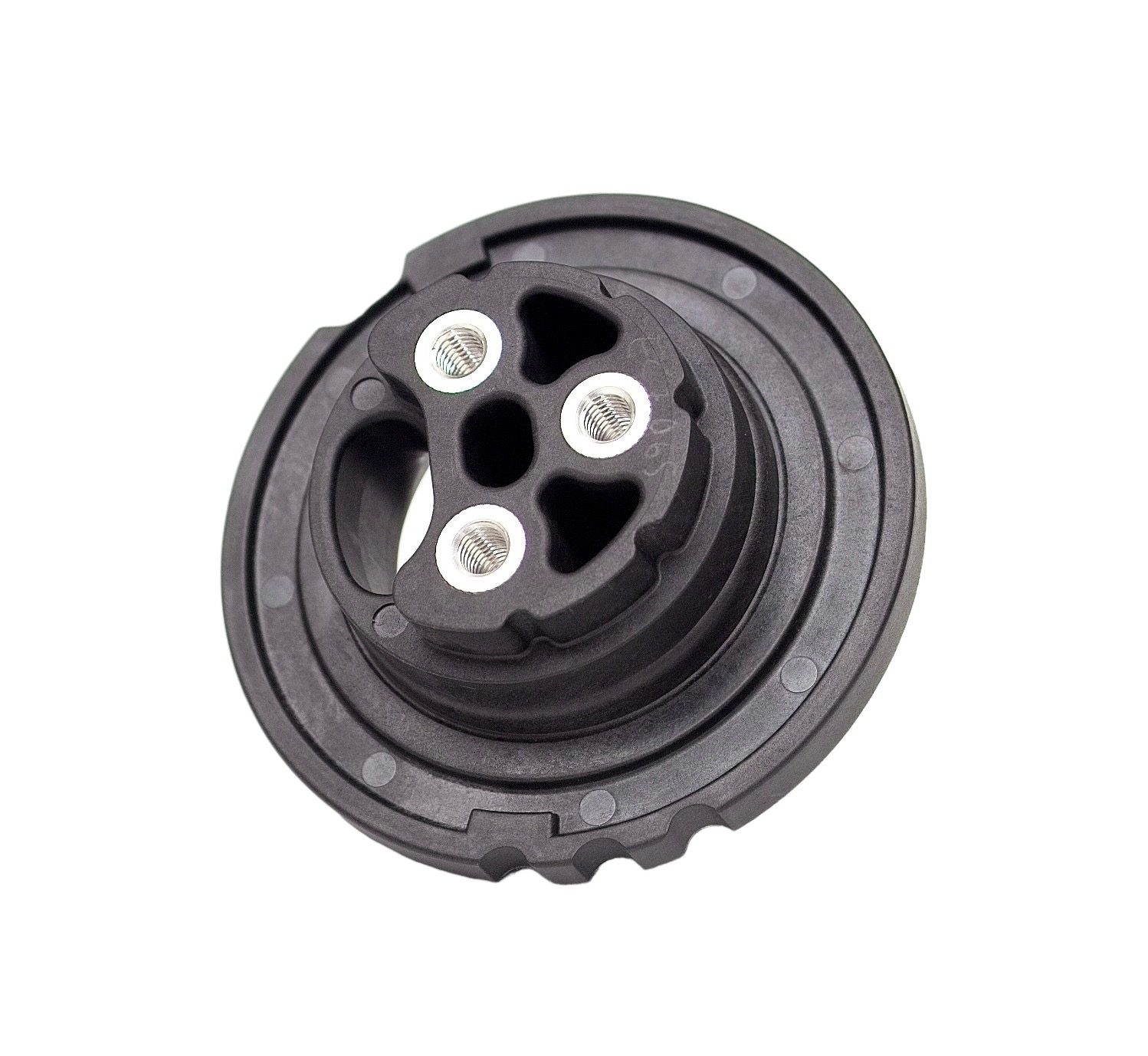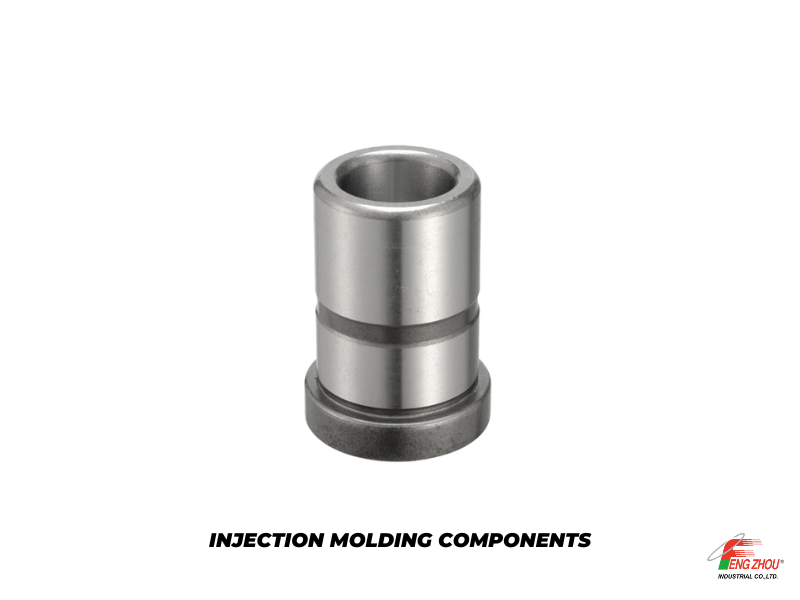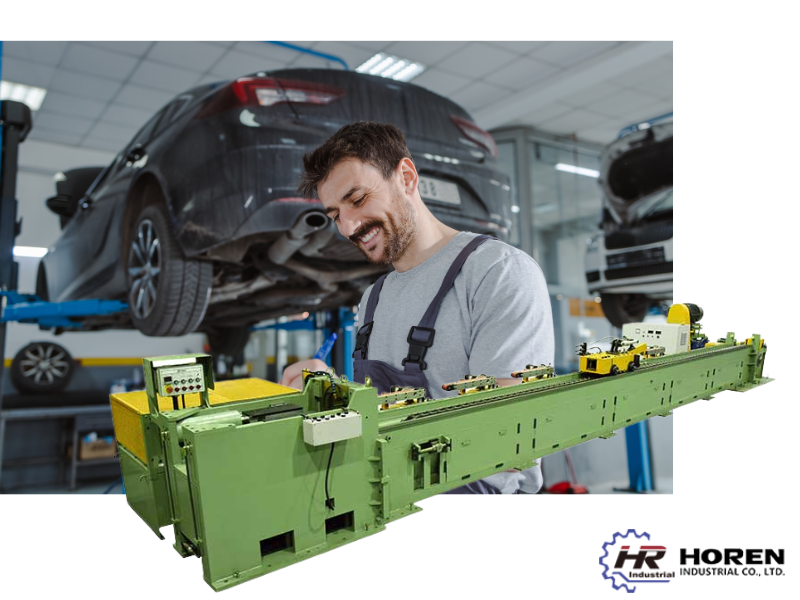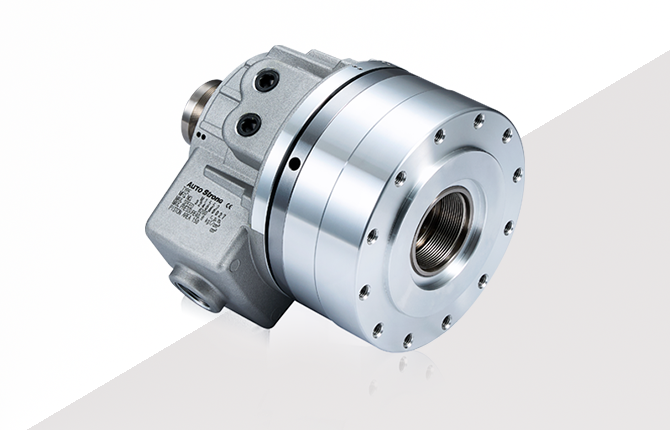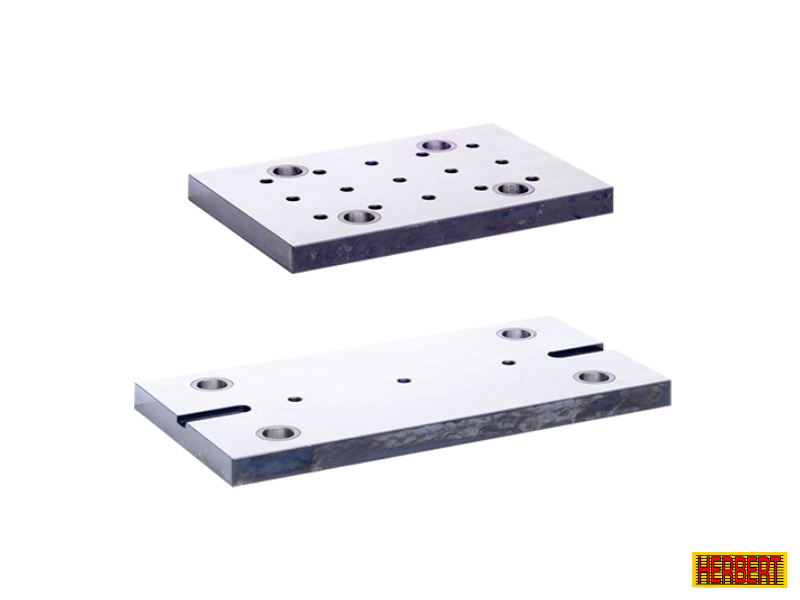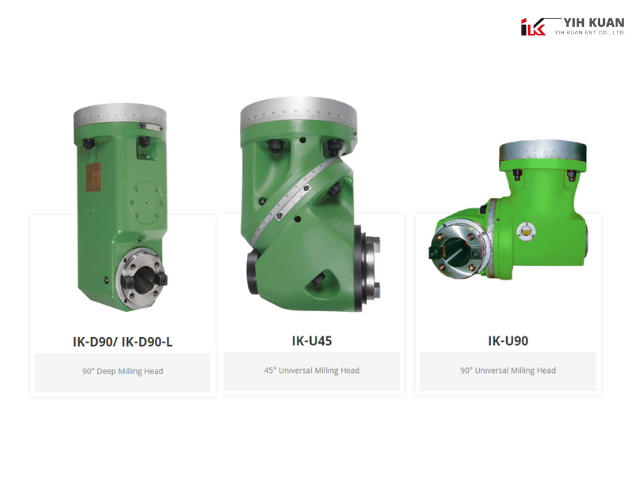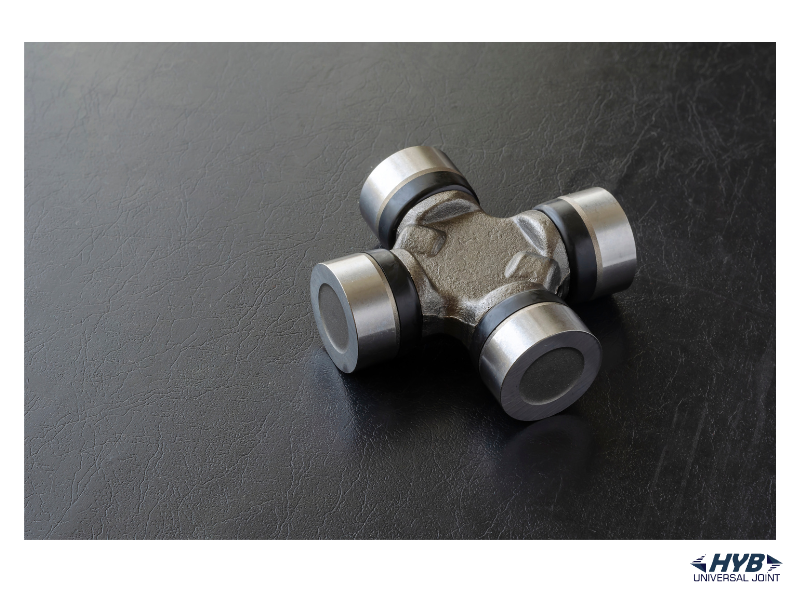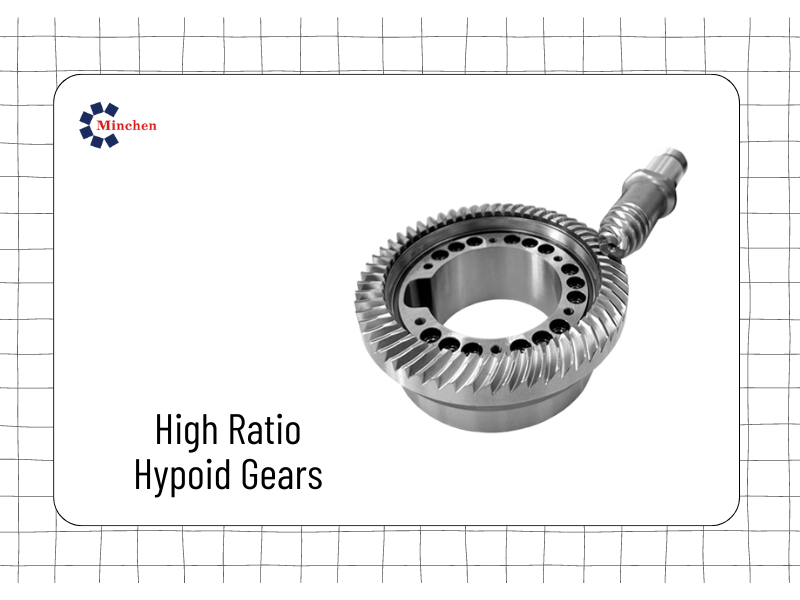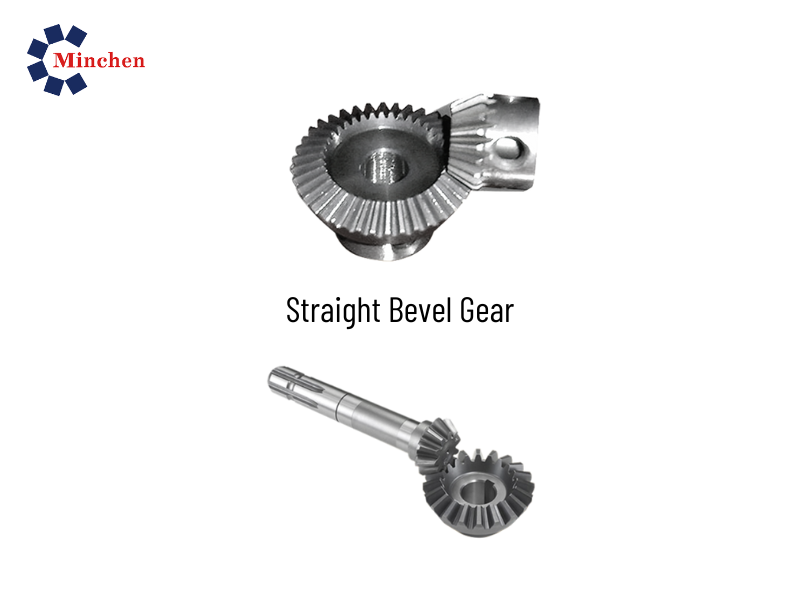What are Automotive Relays?
2024-05-30Auto Parts
Introduction
Automotive relays are crucial yet often overlooked components in modern vehicles. These electromechanical devices act as switches but are capable of controlling a much larger current than themselves. This article explores the pivotal roles automotive relays play, their various types, and key considerations for their use in vehicle systems.
The Role of Automotive Relays
Automotive relays serve as critical control elements within the electrical systems of vehicles. They allow low power circuits to control much higher power circuits without direct interaction, providing safety, convenience, and enhanced functionality.
Starting Systems: Relays enable the activation of the main engine starter motor, which requires large currents that direct control from the vehicle’s small, user-operated start switch could not handle.
Lighting Systems: From headlights to interior lights, relays are used to manage the lighting systems, ensuring they operate safely under the heavy electrical loads required.
Types of Automotive Relays
Understanding the different types of automotive relays can help in selecting the right relay for the right application:
- SPST (Single Pole Single Throw) Relays: Commonly used for simple on/off operations like turning on the headlights.
- SPDT (Single Pole Double Throw) Relays: Useful for applications requiring switching between two circuits, such as high and low beam headlights.
- Dual Coil Relays: Often employed in more complex circuit designs, where reversing polarity or maintaining a state with no power is required.
- Solid State Relays: These provide similar functions without mechanical parts, using semiconductor devices to switch currents. They are more durable and react faster than mechanical relays.
Choosing the Right Relay
Selecting the appropriate relay involves several considerations:
- Voltage and Current Ratings: Ensure the relay can handle the operating voltages and currents of the application without failure.
- Coil Resistance: Important for determining the current that will flow through the relay coil, impacting the relay’s activation.
- Contact Material: Relays dealing with high current loads need contacts made from robust materials like silver alloys to withstand wear and tear.
- Environmental Conditions: For vehicles operating in harsh conditions, the relay must be durable enough to handle vibrations, temperature extremes, and humidity.
Automotive Relay Applications
Beyond lighting and starting systems, automotive relays are integral to:
- Safety Features: They play a role in deploying airbags and activating safety systems like antilock braking systems.
- Comfort Features: Used in power window systems, seat adjustments, and climate control systems.
- Communication Systems: Relays assist in the functioning of on-board communications systems and infotainment.
Future Trends in Relay Technology
As vehicles become more electronic and interconnected, the role of relays is evolving. The shift towards solid-state relays is expected to continue due to their reliability and speed. Additionally, as electric and hybrid vehicles become more common, the demands on relay performance and specifications are intensifying.
Conclusion
Automotive relays are essential components that enable modern vehicles to operate smoothly and safely. As technology advances, so too does relay technology, with improvements that continue to enhance their efficiency and integration into vehicle electrical systems. Understanding these small but mighty components can significantly impact the design and functionality of automotive electronics.
